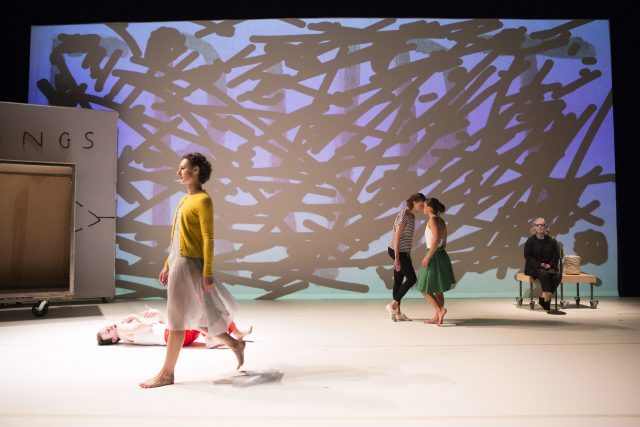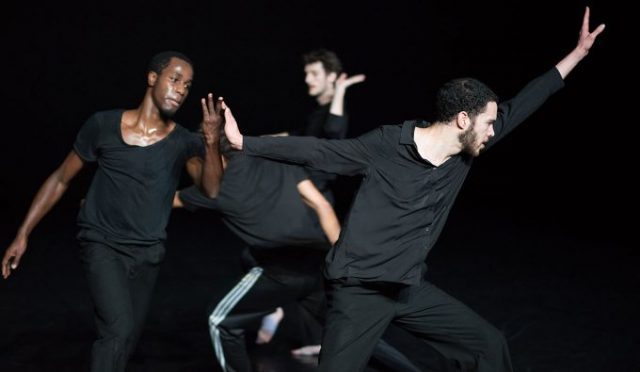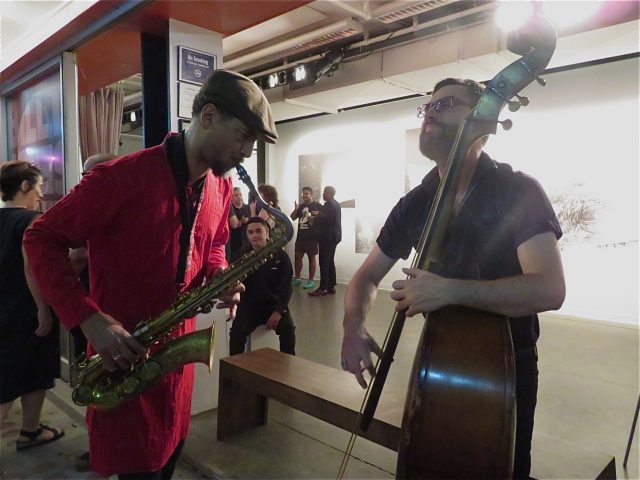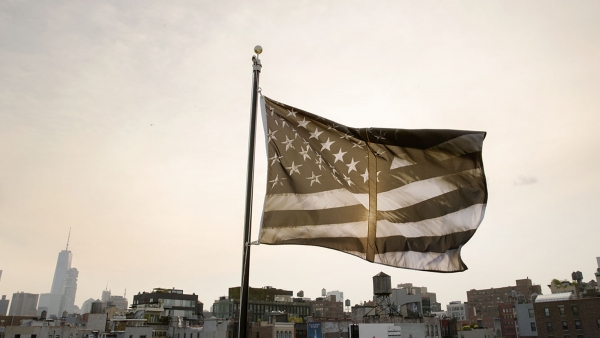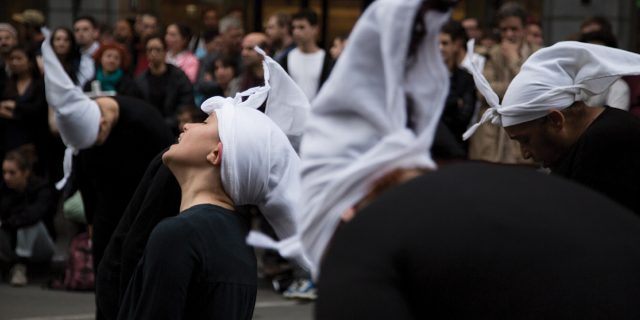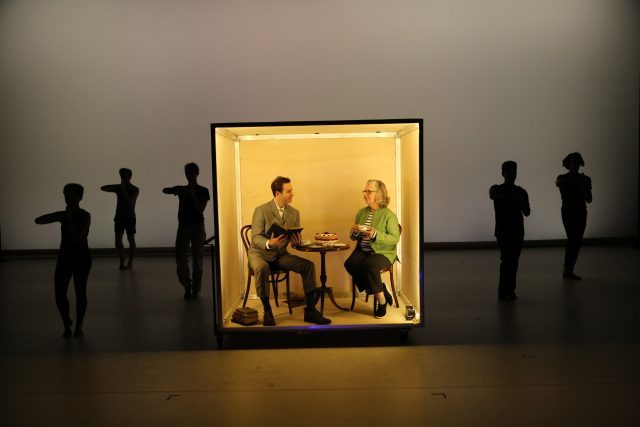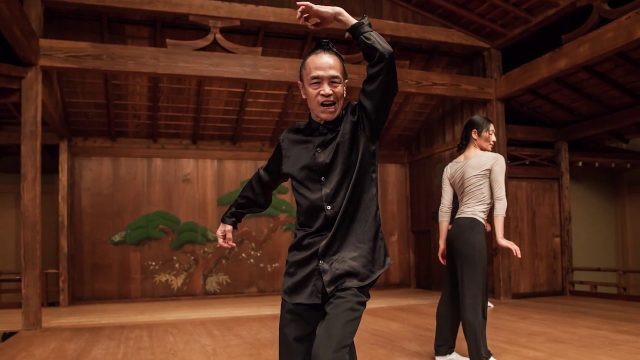
Luca Veggetti’s Left-Right-Left will make its North American premiere at Japan Society October 13-14 as part of “NOH-NOW” series
Japan Society
333 East 47th St. at First Ave.
Friday, October 13, and Saturday, October 14, $35, 7:30
212-715-1258
www.japansociety.org
In May 2014, Italian director and choreographer Luca Veggetti brought Project IX — Pléïades to Japan Society, a graceful collaboration with Japanese percussionist Kuniko Kato and Japanese dancer Megumi Nakamura that was the finale of the sixtieth anniversary season of the institution’s performing arts program. Veggetti and Nakamura are now back for the North American premiere of Left-Right-Left, part of Japan Society’s 110th anniversary and the series “NOH-NOW,” which blends the traditional Japanese musical drama with contemporary styles. The work, commissioned by Japan Society and Yokohama Noh Theater, is conceived, directed, and choreographed by Veggetti, with the esteemed author and scholar Dr. Donald Keene of the Donald Keene Center of Japanese Culture serving as project advisor and text translator. The three-part piece is inspired by the ancient play Okina, a sacred ritual about peace, prosperity, and safety. It will be performed by butoh dancer Akira Kasai, contemporary dancer Nakamura, and butoh-trained dancer Yukio Suzuki, with music director Genjiro Okura on noh small hand drum and Rokurobyoe Fujita on noh fue. Child noh actor Rinzo Nagayama will recites the new English translation of passages from Okina and another popular traditional noh play, Hagoromo, about a celestial feather robe. The lighting is by Clifton Taylor, with costumes by Mitsushi Yanaihara. “Noh has very precise patterns in the space that the performers follow,” Veggetti says in a promotional interview, explaining that his goal was “to use this archaic blueprint form and infuse it with different choreographic ideas, with that to find a language that is somehow organic.” Left-Right-Left, or “sa-yu-sa” in Japanese, will be at Japan Society on October 13, followed by a Meet-the-Artists Reception, and October 14, followed by an artist Q&A. In addition, Okura, Grand Master of the Okura School of kotsuzumi, will lead a noh music workshop on October 14 at 10:30 am ($45). “NOH-NOW” continues November 3-5 with the world premiere of Hiroshi Sugimoto’s Rikyu-Enoura, December 7-9 with Leon Ingulsrud’s adaptation of Yukio Mishima’s Hanjo, and January 11-14 with Satoshi Miyagi’s Mugen Noh Othello.
